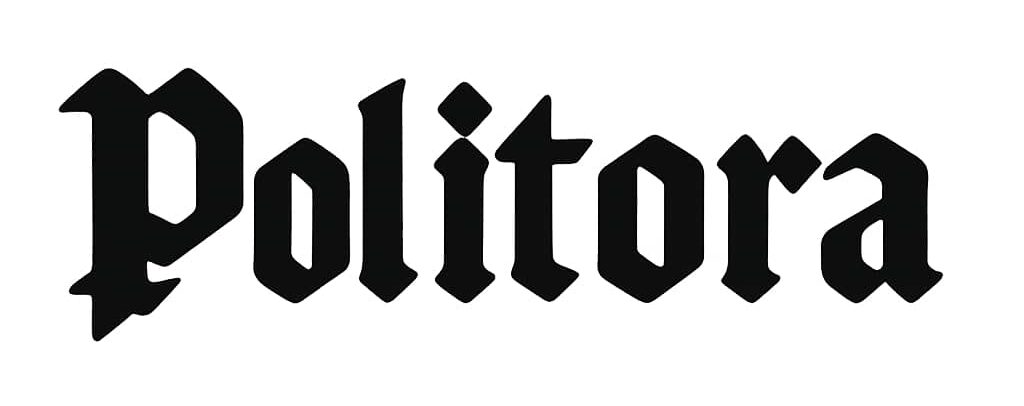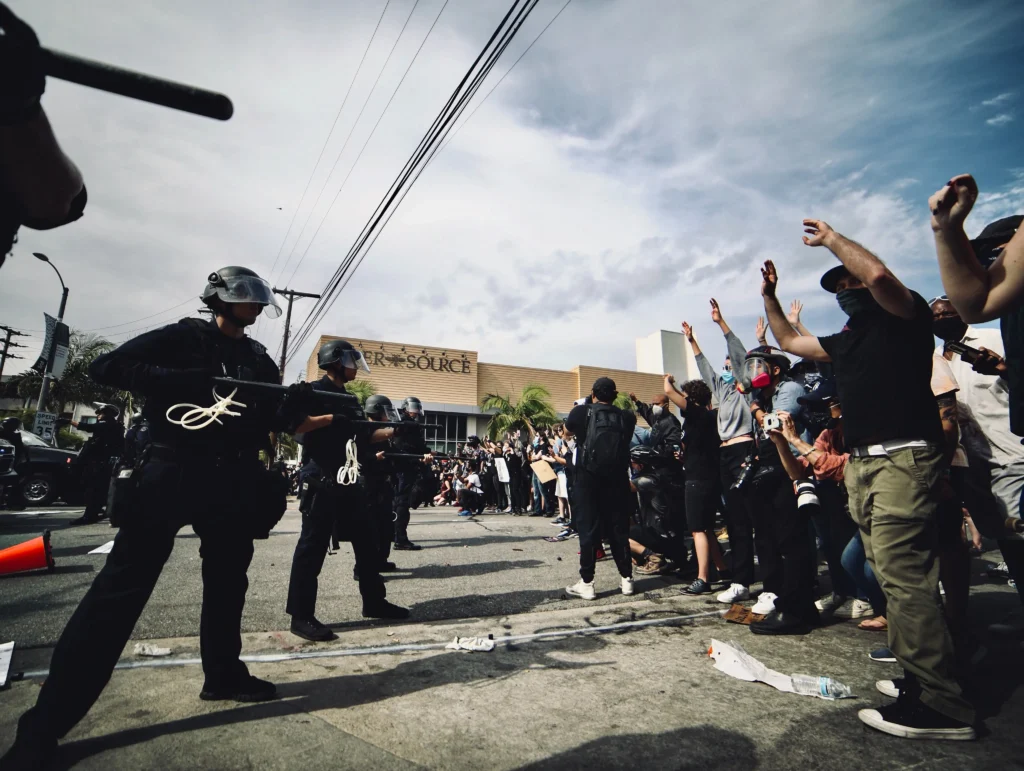Los Angeles Protest Misinformation: Disinformation and False Images Fuel Tension
By Steven Lee Myers
During the protests against immigration raids in Los Angeles, misleading images and conspiracy theories have spread widely on social media. Most importantly, this disinformation aims to create confusion and incite anger towards immigrants and political figures, mainly Democrats. Social media posts have exaggerated the scale of violence, suggesting the entire city is in chaos when only small areas are affected.
The Impact of Social Media Disinformation Tactics
Images of protesters clashing with law enforcement, some setting cars on fire, have circulated online. False claims also suggest the protests are premeditated provocations rather than spontaneous reactions to the raids. Besides that, amid rising tensions, Defense Secretary Pete Hegseth announced deploying 700 Marines to guard federal buildings, joining 2,000 National Guard members sent by President Trump, bypassing California Governor Gavin Newsom’s authority.
False Images and Protest Claims Intensify Fear
Misleading images of military action have been shared online, including a still from the 1983 film “Blue Thunder.” According to Clemson University researcher Darren L. Linvill, some conservatives are amplifying the situation to support Trump’s narrative of Los Angeles being overrun by “violent mobs.” Consequently, this online attention could potentially draw more protesters.
Actor James Woods and others have circulated conspiracy theories and fabricated quotes, such as a fake Obama statement about socialism, and shared outdated protest footage. A photo of a brick pallet from Malaysia was falsely linked to protest organization by groups associated with financier George Soros.
The Role of Fact-Checking in Countering Disinformation
Despite efforts to correct misinformation, such as community notes on social media, false claims continue to spread widely. This pattern of disinformation, including the recurring “pallets of bricks” hoax, undermines the authenticity of protests and promotes narratives that portray them as orchestrated by external forces like Soros or Democratic leaders. For reliable fact-checking, resources like FactCheck.org and Snopes are invaluable.
Some social media accounts, including those linked to Russia, amplify these conspiracies, framing protests as part of a liberal plot against Trump and the American people. According to CNN, this type of misinformation is a growing concern.
Nora Benavidez from Free Press notes that the rapid spread of disinformation complicates fact-checking efforts and is part of a broader strategy to delegitimize peaceful protests. This “information warfare” aims to create division and fear, hindering solidarity.
In conclusion, the spread of Los Angeles protest misinformation is a significant issue that not only affects public perception but also threatens the integrity of peaceful demonstrations. Therefore, it is essential to remain vigilant and rely on trusted sources to combat social media disinformation tactics effectively.




